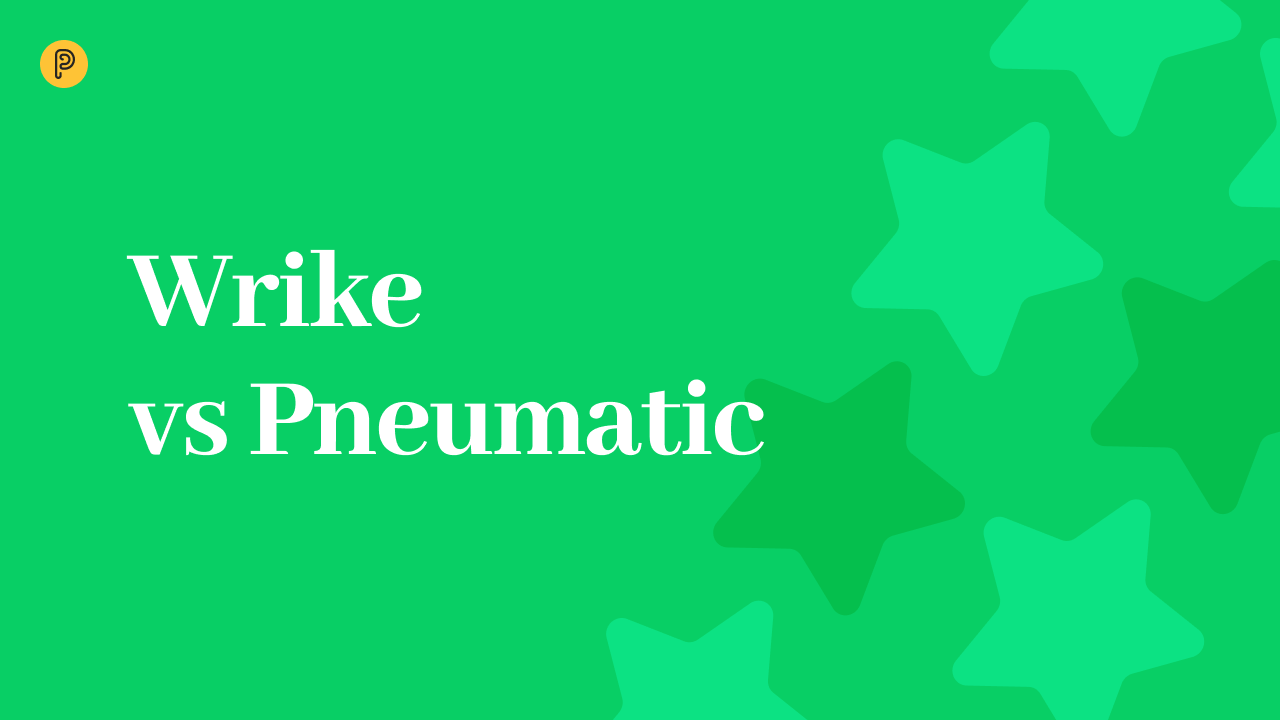ClickUp — One Stop Shop
ClickUp’s ambition is to serve as a one-stop shop for all your business related needs. It offers a highly hierarchical structure for you to organize your projects and a slew of features including chat, time tracking, user roles, whiteboards, mind maps, spreadsheets, timelines, workload tracking, Gantt charts, Kanban boards.
These are further complemented by a host of collaboration tools allowing users to collaborate on documents in real time, a chat with a slew of communication options, and the option to launch Zoom meetings from within ClickUp.
The project management paradigm in ClickUp is little different from that found in systems like Trello: it’s all about tasks, and their statuses. The default task management mode is manual, however, ClickAp does offer ‘workflow automations’, which allow you to set up When-Then rules to trigger specific events (like task status changes or task assignments) when other events occur. In theory, users can build fairly complex automation chains in this manner. In practice, these are rather difficult to manage.
Pneumatic — One Trick Pony
Unlike ClickUp, Pneumatic makes no attempt to be the app to rule them all. Instead, it is laser-focused on workflow management. Workflows are viewed as sequences of tasks that run in real time. Thus, Pneumatic offers you a broad range of tools to define various types of workflows, which it then manages automatically once they are launched.
You get almost unlimited flexibility in how you can set up your workflows. There’s also collaboration within the context of workflows: users can add comments, upload data, “mention” each other.
When it comes to integration, the emphasis is on DIY integrations through Zapier or through Pneumatic’s powerful API.
By default, workflows run and progress automatically. All users are expected to do is complete the tasks the system assigns to them. Once that happens, Pneumatic takes care of everything else, handing the process over to the next team in line.
The basic idea is you set up all the necessary workflows and then let Pneumatic run your operations for you while you and your team continue to use the same apps you used before: there is no need to migrate everything in Pneumatic, which will be acting as your company’s eminence grise in the background, keeping everyone in line and on time.
Side by Side
|
ClickUp
|
Pneumatic
|
| Support for sequential workflows |
Minimal: emphasis is on traditional ‘agile’ project management. ClickUp does support the creation of ‘when-then’ automations that can be chained in sequences, but the docs present these as a nice extra rather than a killer feature |
Sequential workflows are what Pneumatic is all about. The goal is to organize your business as a collection of processes than run themselves, allowing your team members to each concentrate on their specific tasks |
| Collaboration |
Powerful collaboration tools, including document collaboration, chats, in-app Zoom meetings |
Collaboration within workflows via comments and through automatic handover of workflows from team to team |
| Reporting and tracking |
Custom dashboards, custom metrics and exportable reports. Time tracking is an integrated feature |
A standard dashboard that tracks all the key workflow metrics, which can also be exported into external apps via the API |
| Non-workflow related functionality |
Lots of business related features, including whiteboards, mind maps, calendars etc. |
Laser-focused on workflow management, all features deal with workflows in one way or another |
| Pricing |
There is a free plan, paid plans have per user based pricing |
No free tier, the unlimited plan has a flat rate so the subscription fee does not depend on the number of users |
Conclusion
ClickUp aims to be an all-in-one business app, offering a wide range of features. However, its complexity can be overwhelming, particularly for simple project management needs, and its extensive features may go unused.
In contrast, Pneumatic excels in streamlined workflow management, focusing on integration with existing apps and quick setup. Ideal for businesses seeking automated process management, it offers a flat-rate subscription, making it suitable for growing companies.
Choose Pneumatic for efficient, self-running processes or ClickUp for a more hands-on task management approach.
 3-minute read
3-minute read
